Articles tagged express
Secure Your Express App with OAuth 2.0, OIDC, and PKCE
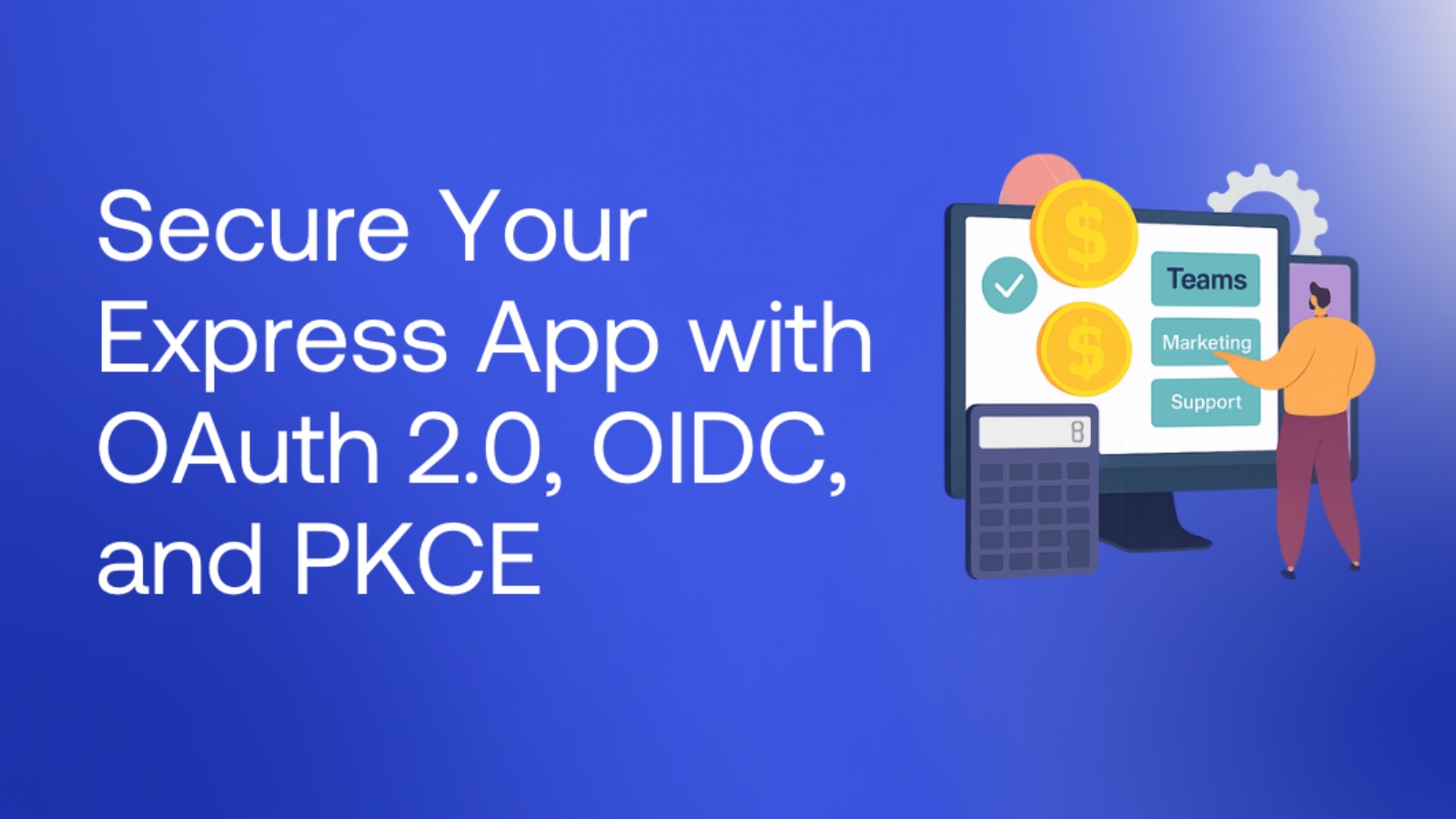
Every web application needs authentication, but building it yourself is risky and time-consuming. Instead of starting from scratch, you can integrate Okta to manage user identity and pair Passport with the openid-client library in Express to simplify and secure the login flow. In this tutorial, you’ll build a secure, role-based expense dashboard where users can view their expenses tailored to their team. Check out the complete source code on GitHub and get started without setting...
How to Instantly Sign a User Out across All Your Apps

Your enterprise customers expect you to safeguard them from common security incidents, especially when it comes to compromised user accounts. Perhaps a user has signed in from a known stolen device or another country outside the list of allowed IP zones. If a hacker is masquerading as one of your customer’s employees, potentially accessing sensitive company data, you must end their session and sign them out of your app immediately. Bottom line, if you build...
Enterprise Maturity Workshop: Automate with no-code Okta Workflows
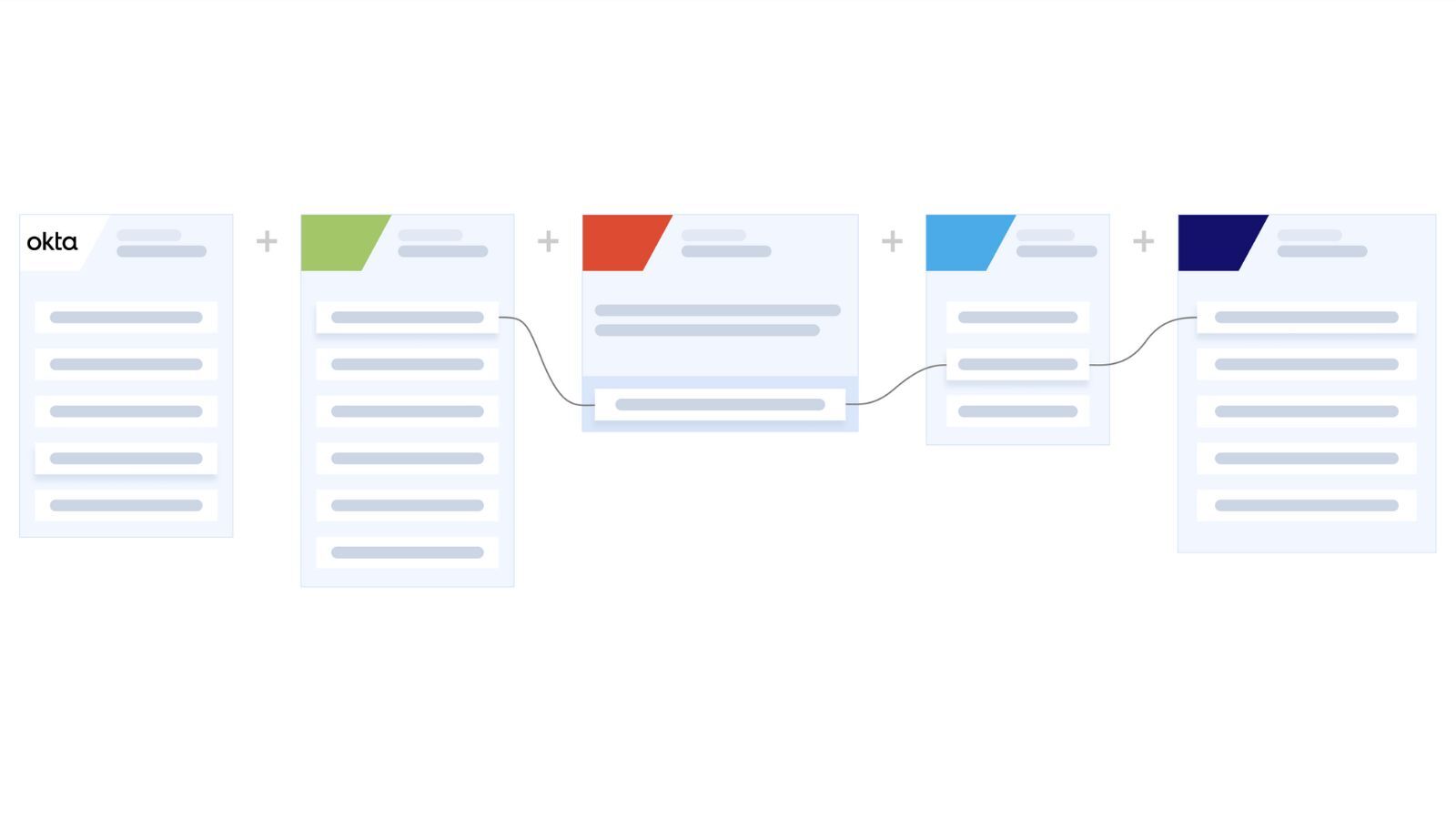
This tutorial is part of the on-demand workshop series. In this workshop, you’ll enhance the base Todo application by creating an automated report using Okta’s no-code Workflows platform. Table of Contents What is Okta Workflows? Getting access to Okta Workflows Creating a flow Okta Workflows building blocks Setting up the Todo application Enhancing the Todo application with a new API Launching the API in a local tunnel Building the Todo Report flow Updating the flow...
Enterprise-Ready Workshop: Manage users with SCIM

Hello SaaS developers! You sell your software to technologically mature enterprises, and they expect it to interface seamlessly with all their other tools. In our Enterprise-Ready Workshop on OpenID Connect, you learned how to solve part of this problem, by creating user accounts in your application for your customers’ employees whenever they log in. Posts in the on-demand workshop series 1. How to Get Going with the On-Demand SaaS Apps Workshops 2. Enterprise-Ready Workshop: Authenticate...
Enterprise-Ready Workshop: Authenticate with OpenID Connect

This workshop is part of our Enterprise Readiness Workshop series. In this workshop, you will be wearing the hat of a SaaS developer who will up-level his/her app to allow users (from your big enterprise customers) to log on using their own company credentials without providing a password directly to your app. When any enterprise customer considers buying your software to enhance their employees’ productivity, their IT and security teams want to make sure employees...
How to Get Going with the On-Demand SaaS Apps Workshops
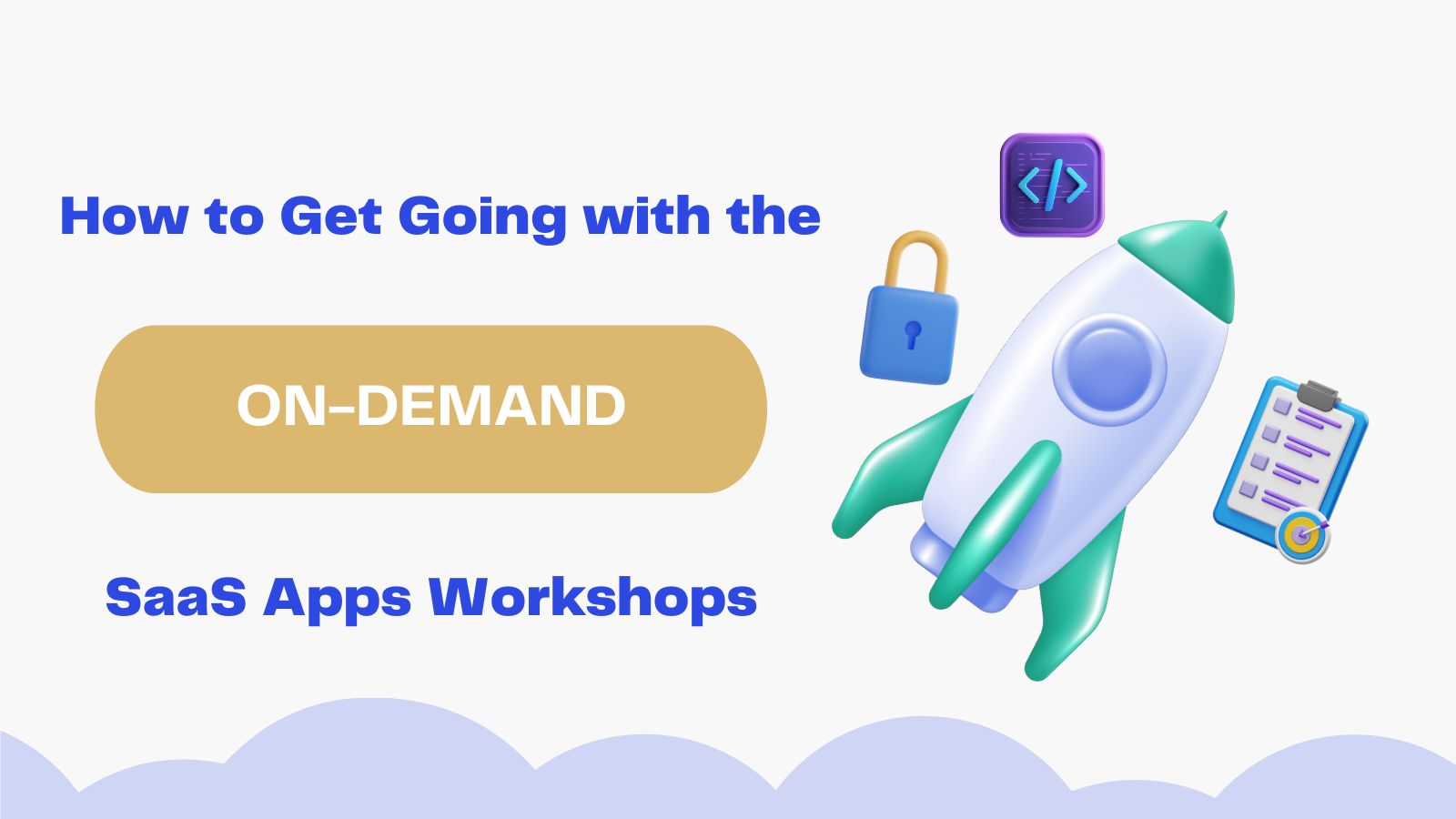
Having an enterprise-ready SaaS application means your application supports authentication best practices, can scale across multiple customers and users, has automated means to re-create environments, and can securely add enhancements and value-adds your customers expect. Join this free virtual workshop series where we take your SaaS application on a journey of enterprise-ready identity — you’ll wear the hat of a SaaS developer preparing your Todo application to support enterprise-level customers who want to use your...
How to Build an Express Application Using Prisma

Prisma is an ORM (object–relational mapping) tool for Node.js using TypeScript. The software integrates with many of the most popular databases today, including MySQL, SQL Server, SQLite, and MongoDB, and emphasizes a human-readable schema with a type-safe database client. Prisma also includes other features such as migrations, seed data, and a virtual database browser. In this project, you will use Prisma to connect your Express application to a database server. You will build a schema...
The Ultimate Guide to Using Elasticsearch in Node.js

Elasticsearch is one of the most powerful and popular search engines on the market. Elasticsearch lets you search through vast amounts of data, whether you’re implementing real-time search experiences or doing in-depth data analysis. In this tutorial, you’ll learn how to integrate Elasticsearch into your Node.js app. You’ll see how to connect it with the front-end and how to secure your entire API and data with Okta. You can follow along with this GitHub repository....
Build and Deploy a Node.js App to Heroku

Heroku is a platform as a service (PaaS) that supports many languages. Initially, it supported only Ruby sites but now supports various languages, including JavaScript with Node.js. Heroku also has Docker support so that you can deploy just about anything to it. This tutorial will teach you how to build a small application using the Express framework for Node.js. You will then secure that application using Okta by integrating the Okta OIDC middleware with your...
Create a Secure Chat Application with Socket.IO and React

The HTTP protocol powers the web. Traditionally, HTTP is a request-response protocol. This means that a client requests data from a server, and the server responds to that request. In this model, a server will never send data to a client without having been queried first. This approach is suitable for many use cases that the web is used for. It allows loose coupling between clients and servers without the need to keep a persistent...
How to Connect Angular and MongoDB to Build a Secure App

MongoDB is often the first suggestion when it comes time to select a NoSQL database. But what is a NoSQL database, and why would you want to use one in the first place? To answer this question, let’s step back and look at SQL databases and where they shine. SQL databases are a good choice if you have well-defined data that will not change much over time. They also allow you to define complex relationships...
Build a Simple CRUD Application with Node and MySQL

NodeJS + Express is a popular technology stack for building APIs and backend services. Often times a backend database is required. There are several popular relational databases used in both enterprise and hobby projects. MySQL’s spike in popularity came with the rise of PHP during the early 2000s and today - more than 20 years after the initial release - it’s used on a wide array of technology stacks. In this post, you’ll learn how...
How to Work with Angular and MySQL

The MySQL database has been a reliable workhorse for web applications for many years. It is the M in the LAMP stack, and powers a huge number of web servers across the world. MySQL is also a relational database, with data stored in tables with strict data definitions. Rows in tables correspond to data entries and rows in one table can be referenced from another table through their index. Plenty of literature covers the fundamentals...
Build Simple Authentication in Express in 15 Minutes

Building web pages with user authentication can be a huge pain. You typically need to set up some sort of database to manage users even if you’re not using the database for anything else. You would then need to store their password hashes, and you almost need a degree on internet security to know the safest ways to do that. What if I told you it didn’t have to be so complicated? Using Okta and...
Modern Token Authentication in Node with Express
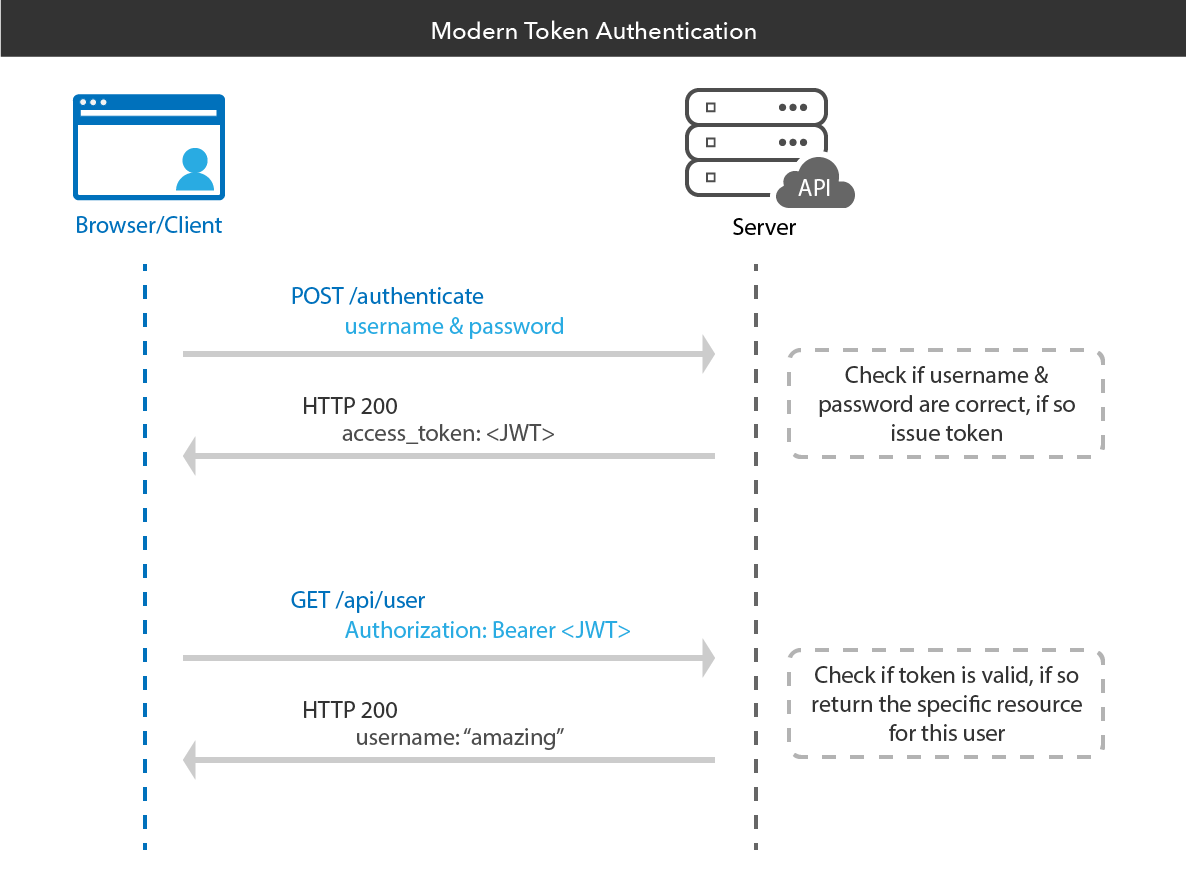
Token authentication is the hottest way to authenticate users to your web applications nowadays. There’s a lot of interest in token authentication because it can be faster than traditional session-based authentication in some scenarios, and also allows you some additional flexibility. In this post, I’m going to teach you all about token authentication: what it is, how it works, why you should use it, and how you can use it in your Node applications. Let’s...
Build a Simple Web App with Express, Angular, and GraphQL

During the past 10 years or so, the concept of REST APIs for web services has become the bread and butter for most web developers. Recently a new concept has emerged, GraphQL. GraphQL is a query language that was invented by Facebook and released to the public in 2015. During the last three years, it has created quite a stir. Some regard it as a new revolutionary way of creating web APIs. The main difference...
Build Your First Router in Node with Express

If you’ve done any web development with Node in the last few years, you’ve probably used Express. Even if you haven’t used it directly, many frameworks meant to make web development even simpler are still built on Express. One of the key features in Express is the ability to create routes. An infinite combination of URLs can hit the same Express server, and routes are how you can determine which URLs run what piece of...
Use TypeScript to Build a Node API with Express
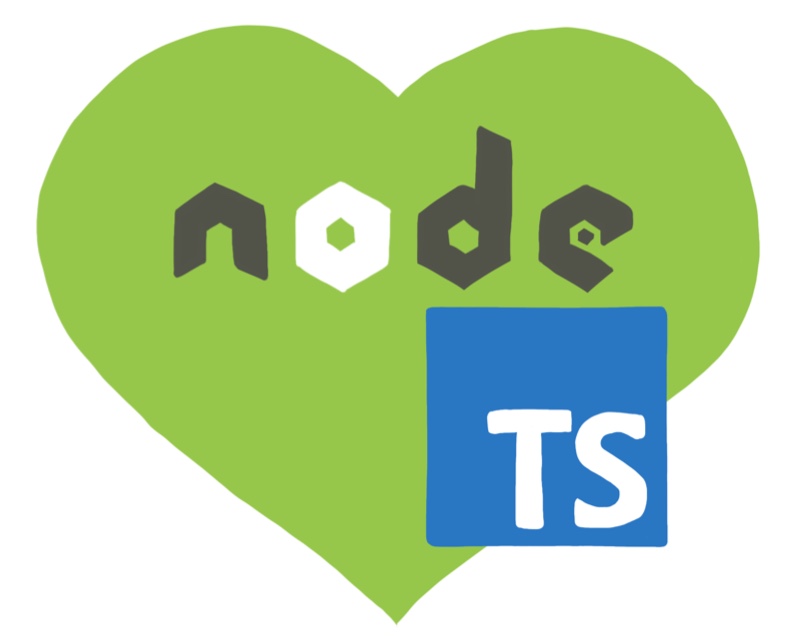
Like it or not, JavaScript has been helping developers power the Internet since 1995. In that time, JavaScript usage has grown from small user experience enhancements to complex full-stack applications using Node.js on the server and one of many frameworks on the client such as Angular, React, or Vue. Today, building JavaScript applications at scale remains a challenge. More and more teams are turning to TypeScript to supplement their JavaScript projects. Node.js server applications can...
Build a Simple Web App with Express, React and GraphQL

GraphQL and React have both become quite popular in the last few years, and it’s safe to say they go together like avocado and toast. A GraphQL server can be written in Node and lets you easily create a flexible API using JavaScript classes and functions. When a frontend developer queries the server, only the information asked for gets processed. This means you can make the backend as robust as you want while keeping the...
Build a Simple API Service with Express and GraphQL

GraphQL has become an immensely popular alternative to REST APIs. The flexibility you get from using GraphQL makes it easier for developers to get any information they need for an app, and just the information they need for that portion of the app. That gives you the feel of a very customized API and can help cut down on bandwidth. In this tutorial, I’ll show you how to write a custom GraphQL API using Node...
Build and Understand Express Middleware through Examples
If you’ve done any significant Node development in the past seven or eight years, you’ve probably used Express to build a web server at some point. While you can create a server in Node without using a library, it doesn’t give you a lot out of the box and can be quite cumbersome to add functionality. Express is a minimalist, “unopinionated” server library and has become the de facto standard for building web apps in...
Build a Simple REST API with Node and OAuth 2.0
JavaScript is used everywhere on the web - nearly every web page will include at least some JavaScript, and even if it doesn’t, your browser probably has some sort of extension that injects bits of JavaScript code on to the page anyway. It’s hard to avoid in 2018. JavaScript can also be used outside the context of a browser, for anything from hosting a web server to controlling an RC car or running a full-fledged...
Build a Basic CRUD App with Node and React
There are a lot of JavaScript frameworks out there today. It seems like I hear about a new one every month or so. They all have their advantages and are usually there to solve some sort of problem with an existing framework. My favorite to work with so far has been React. One of the best things about it is how many open source components and libraries there are in the React ecosystem, so you...
Tutorial: Build a Basic CRUD App with Node.js

Node.js is eating the world. Many of the largest companies are building more and more of their websites and API services with Node.js, and there’s no sign of a slowdown. I’ve been working with Node.js since 2012 and have been excited to see the community and tooling grow and evolve — there’s no better time to get started with Node.js development than right now. This tutorial will take you step-by-step through building a fully-functional Node.js...
How to Securely Manage Users in Your Node App
If you’re building a non-trivial website, chances are you’ll want some way to keep track of users. This can be quite complex and require a good deal of infrastructure, but one of the most secure and scalable ways is also one of the easiest. Using an OAuth 2.0 provider allows you to offload these tasks to an external provider, making your life as a developer so much simpler. When using an OAuth provider, it’s simple...
Secure a Node API with OAuth 2.0 Client Credentials
Securing server-to-server API services can be tricky. OAuth 2.0 is an excellent way to offload user authentication to another service, but what if there is no user to authenticate? In this article, I’ll show you how you can use OAuth 2.0 outside the context of a user, in what is also known as the Client Credentials Flow. Instead of storing and managing API keys for your clients (other servers), you can use a third-party service...
Open Source Framework Samples and Quickstarts for Okta's Developer APIs
Developers love sample applications. It’s one thing to see the steps to create an application or feature; but when someone provides a working app you can just build and run it’s simply fantastic. Open source is near and dear to many developers today. Many of the frameworks we use to build applications are open source. It’s a great way to develop widely-used software and get contributions from your users. Okta’s Developer Experience (DevEx) team believes...
Two Approaches to Setting Up a MERN Stack Application
The trend I’ve seen in web applications is a backend API written in a server-side technology like Node, with a front-end single-page application written in something like React. The problem with these stacks is that it can be hard to run and deploy them as a single unit. The API and UI will need to be started, stopped and deployed separately. That can be a bit of a pain when developing, and if you are...